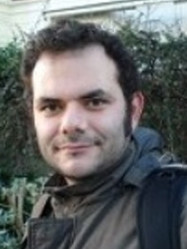BibTex format
@article{Tomlin:2017:10.1017/jfm.2017.250,
author = {Tomlin, RJ and Papageorgiou, DT and Pavliotis, GA},
doi = {10.1017/jfm.2017.250},
journal = {Journal of Fluid Mechanics},
pages = {54--79},
title = {Three-dimensional wave evolution on electrified falling films},
url = {http://dx.doi.org/10.1017/jfm.2017.250},
volume = {822},
year = {2017}
}

